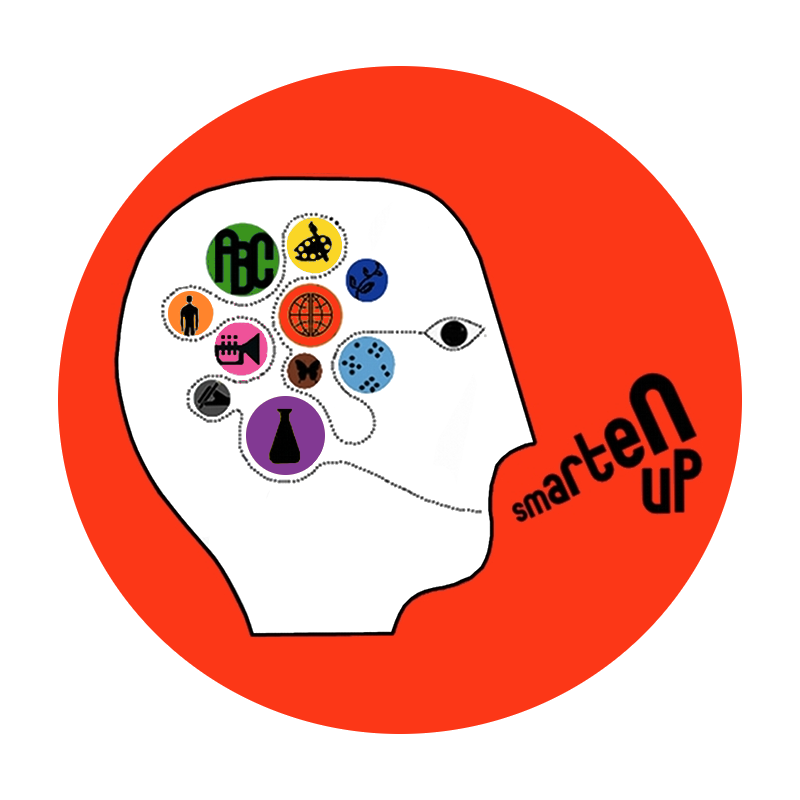For some students, looking at numbers can feel like trying to read text in a foreign language. No matter how hard we try to drill that language, they just can’t seem to make meaning of what they see. But regardless of how challenging a student may find math, there is always a way to make the content more accessible, no matter what is holding them back.
Because each subsequent grade in math builds off of prior concepts, any gaps in understanding will affect a student’s ability to make sense of more complex topics. So, for example, if a student does not understand the reciprocity of addition and subtraction, they will struggle even more when eventually faced with more complex algebraic equations. For this reason, it is crucial that we address our student’s challenges with math as early as possible. Otherwise, they run the risk of falling further and further behind.
The “traditional” math instruction of years ago, which consisted of mostly rote memorization of facts and formulas, just doesn’t cut it anymore; math mastery requires so much more! Children used to have to adapt to learn the way math content was being taught. Now, teachers are adapting their instruction to teach the way students learn. There are many opportunities to supplement and replicate this new approach to math at home, and it won’t require you to remember any formulas or re-teach strategies you learned in your childhood.
Here are some common early challenges and ways to address them at home:
Fact fluency
All kids love games! Why not help your child build the crucial skill of knowing their addition/subtraction and multiplication/division facts through play? All you need is a deck of cards. Play “Go Fish” with Make 10 pairs, or play any number of other games that will build addition and subtraction fluency.
A deck of cards works just as well for multiplication and division facts. Just multiply the cards chosen instead of adding. Have your child build an understanding of the inverse relationship between multiplication and division by having them work backwards from the product to get to the original number. (Example: student draws a 4 and a 6, they write the equation 4 x 6 = 24, followed by the inverse, 24 / 6 = 4.)
Word problems
Have students make sense of word problems by drawing a picture of the information. This can help them understand and keep track of what is being asked.
Have students generate their own word problems. They can either solve them, or give them to a family member and then check their work.
Precision (counting and calculating)
To build your child’s skills with one-to-one correspondence (counting accuracy), have them count household objects like buttons or coins, moving one at a time from one pile to another as they say each number out loud. As simple as it sounds, many math errors are a result of weak one-to-one correspondence, so it’s important to develop this skill.
Have your child estimate their answer before they solve using strategies like rounding. This will help them become more likely to catch errors as they work, or at least recognize more quickly when they’ve arrived at an incorrect answer.
Developing an “I can’t do this” mentality
Many math struggles come from a student’s simple belief that they “just can’t”. This mentality can quickly spiral, and when students focus primarily (or exclusively) on whether they are right or wrong, it becomes impossible for them to grow their thinking. Help your child re-frame their perspective by encouraging them to talk through their process and not just focus on their answer. Have them explain a problem to you and how they solved it, explaining each step and what they were thinking. Even when they do make mistakes, finding those mistakes and fixing them not only prevents them from happening again, but might just boost their confidence when they understand where they went wrong!
With patience, persistence, and some creativity, we can help our children not only begin to understand puzzling mathematical concepts, but we can also begin to cultivate a love for (or at least an interest in) problem-solving and the often perplexing language of numbers.

